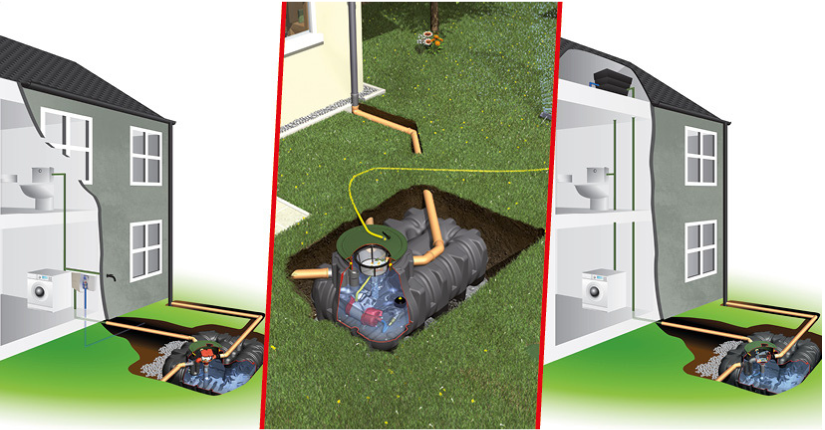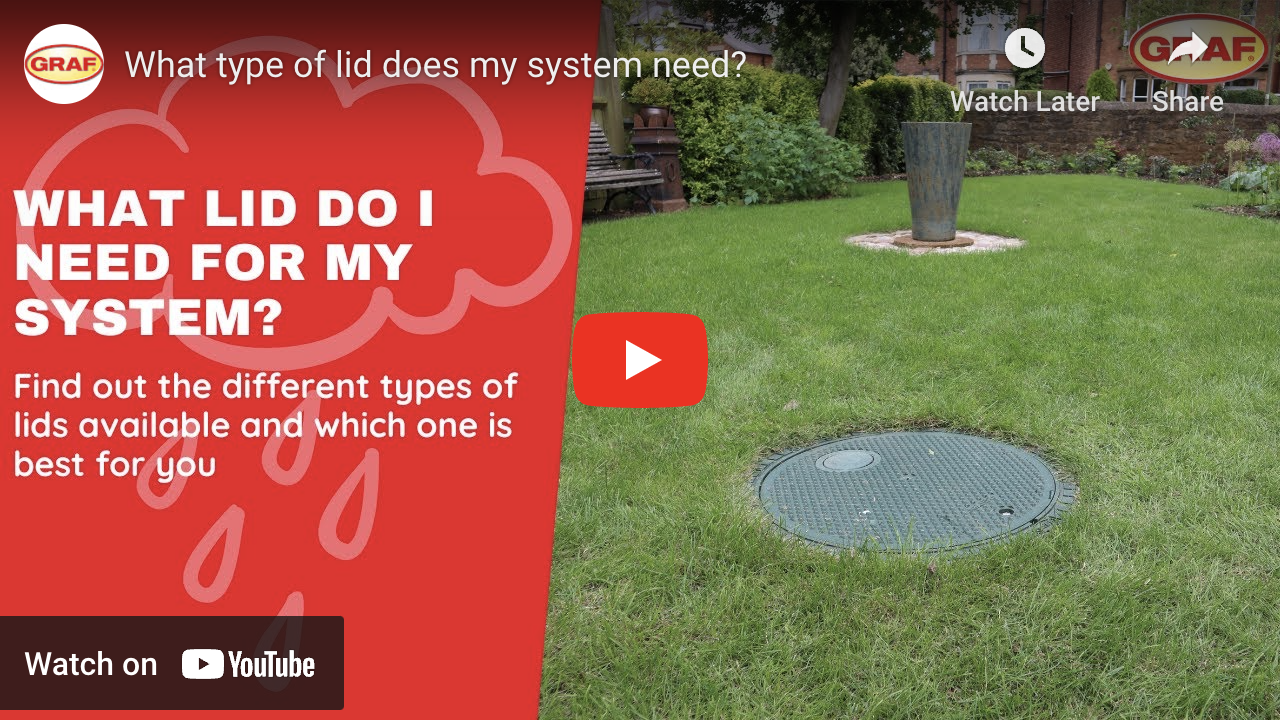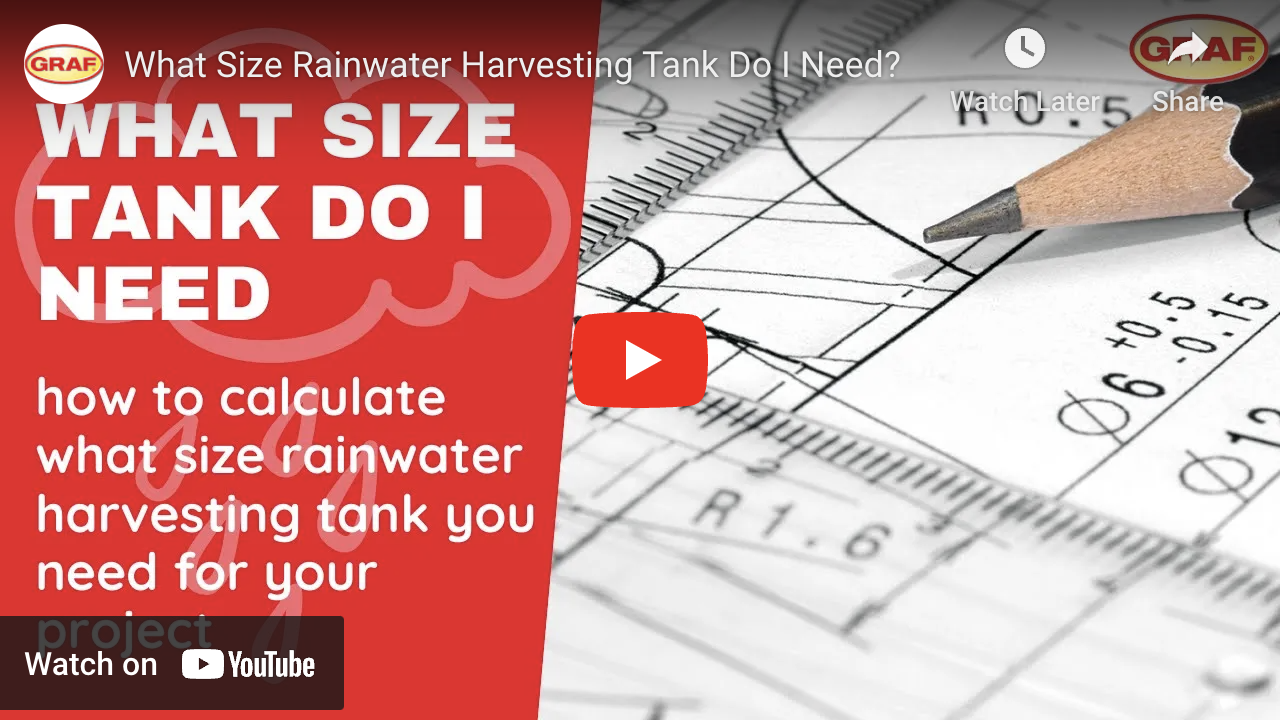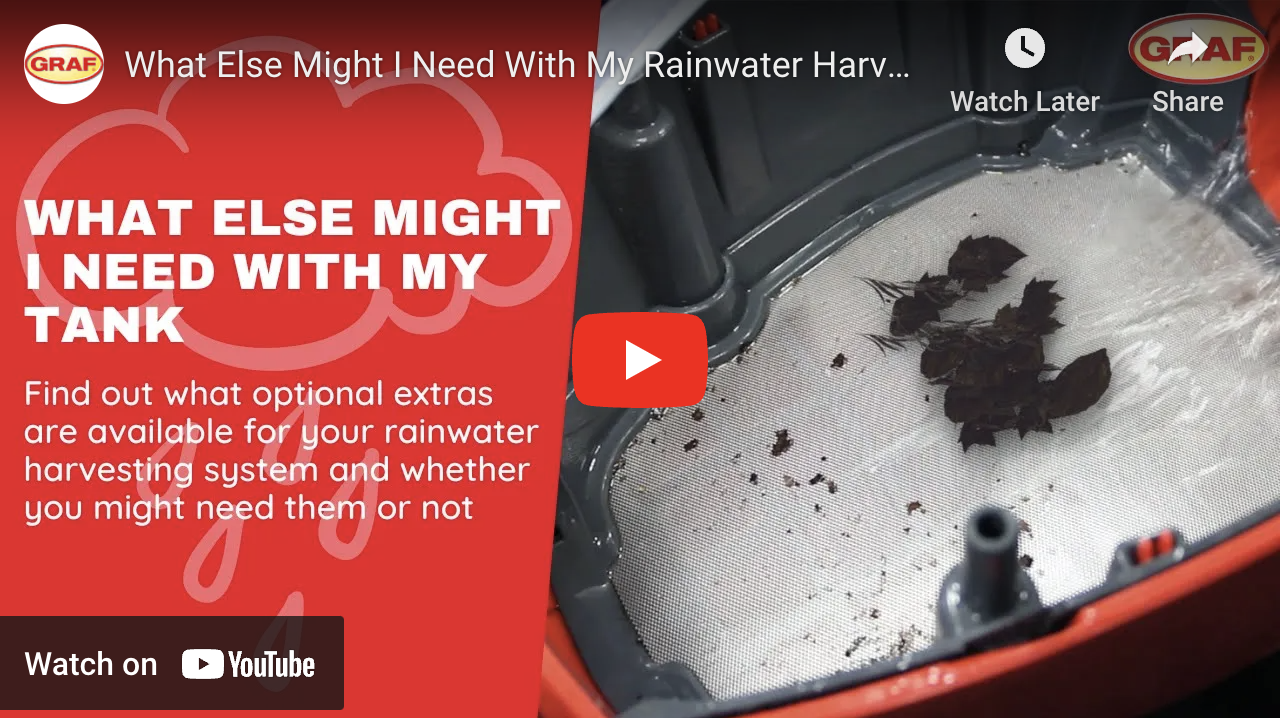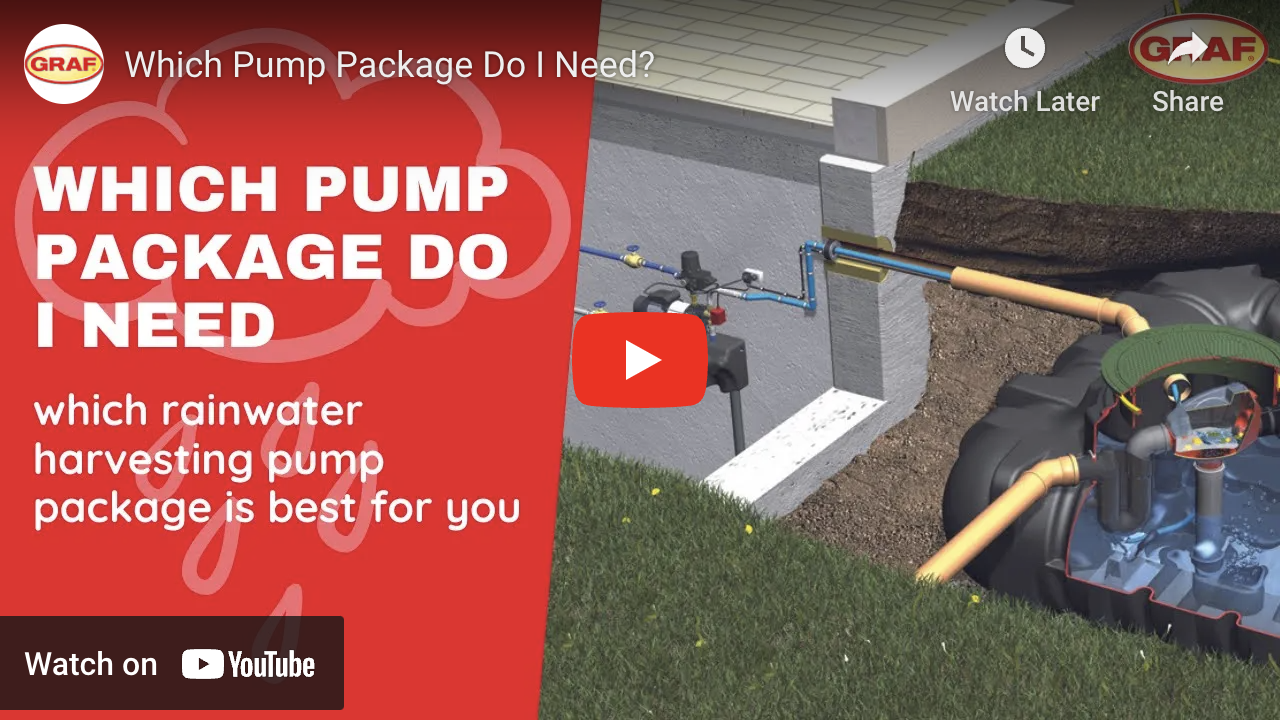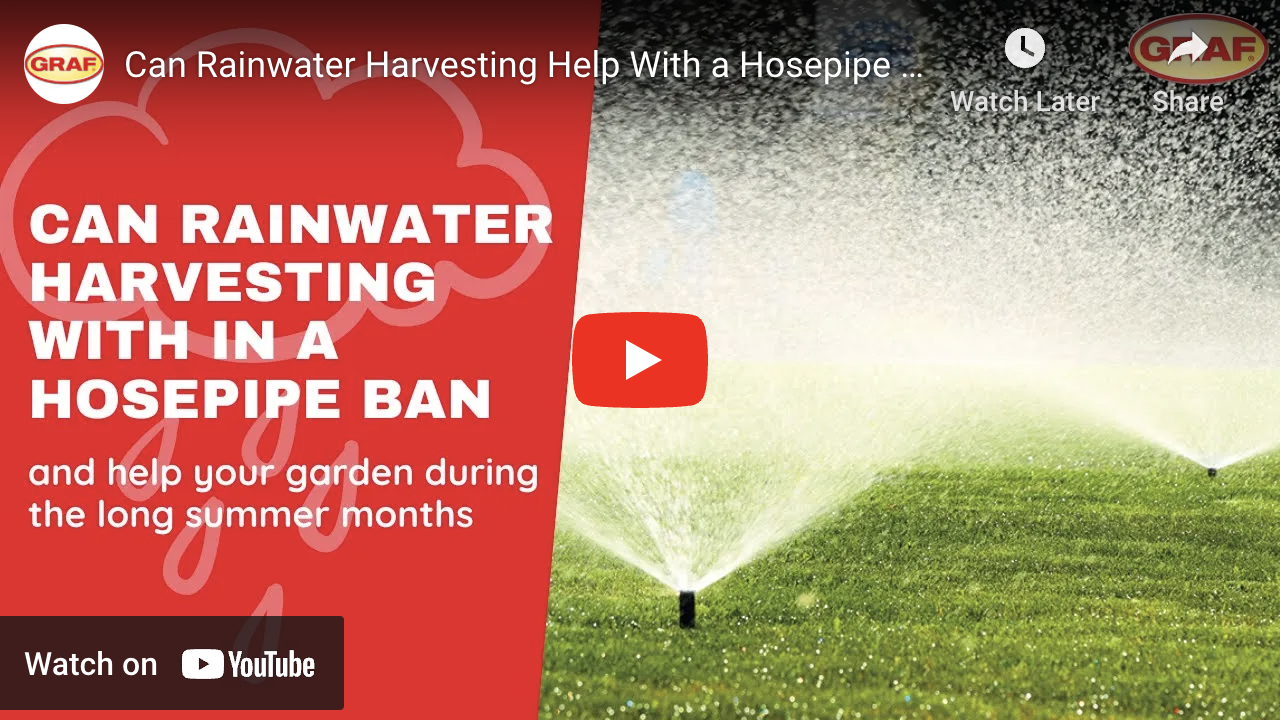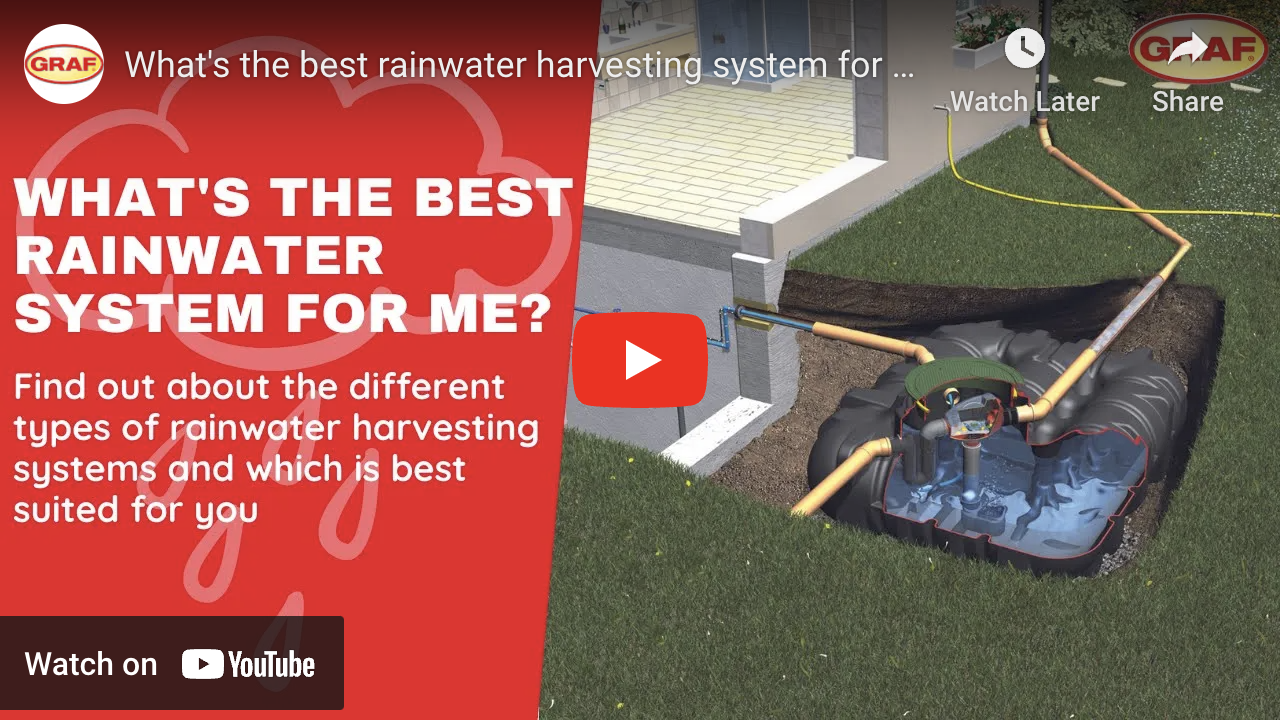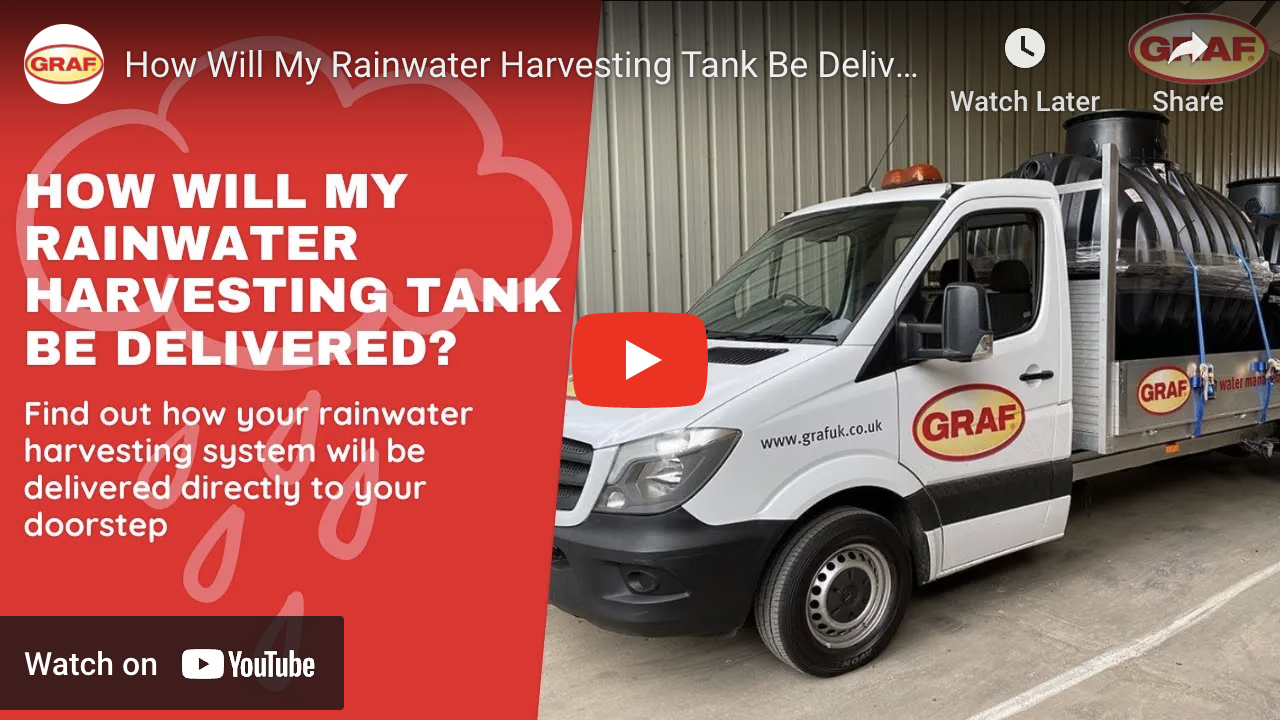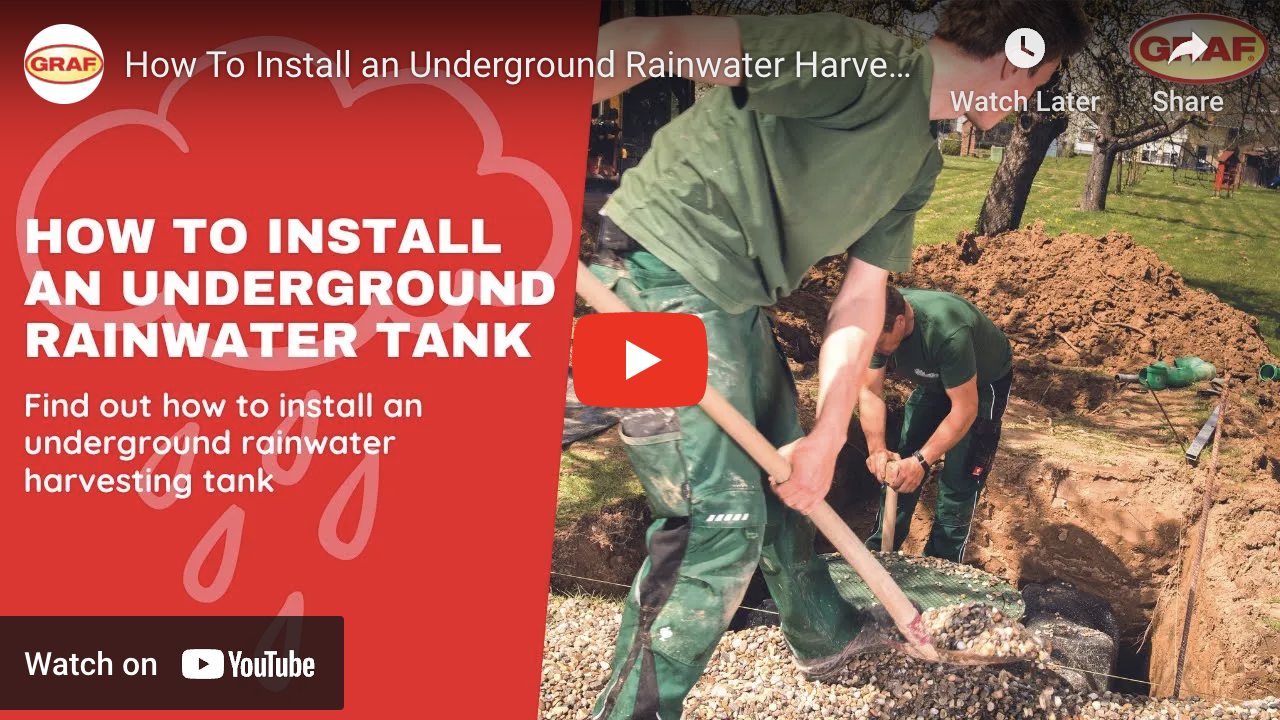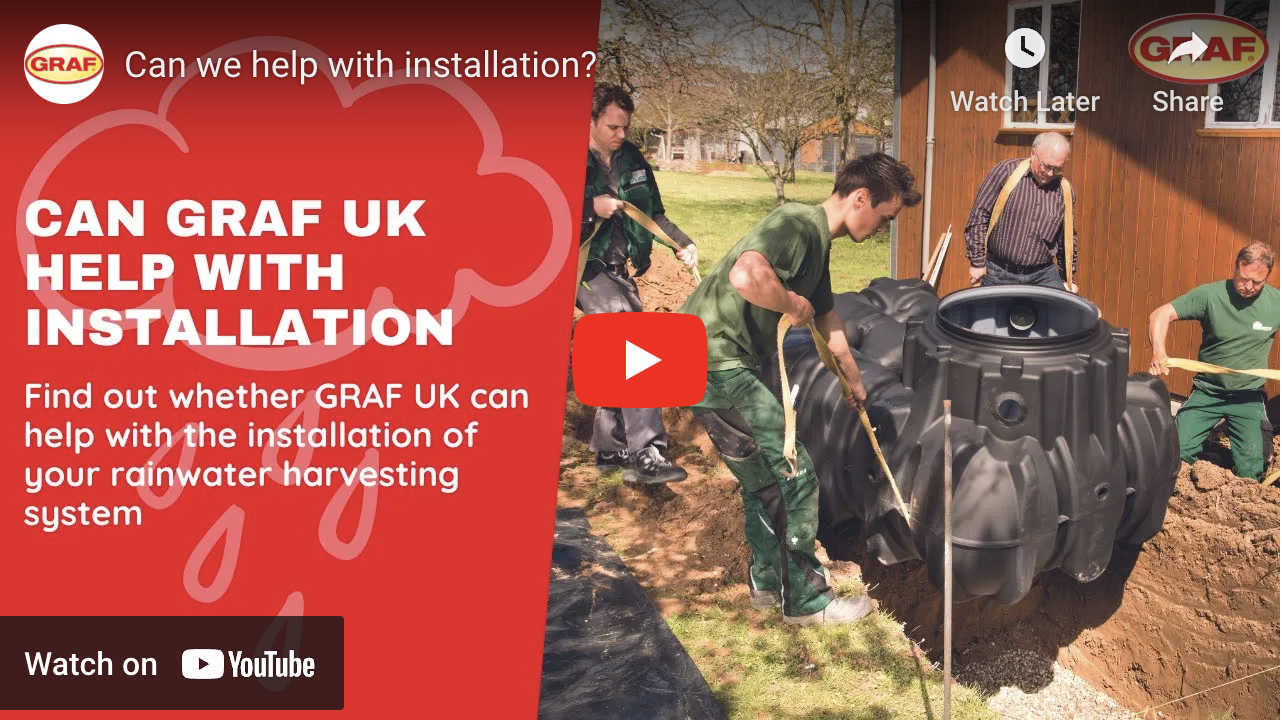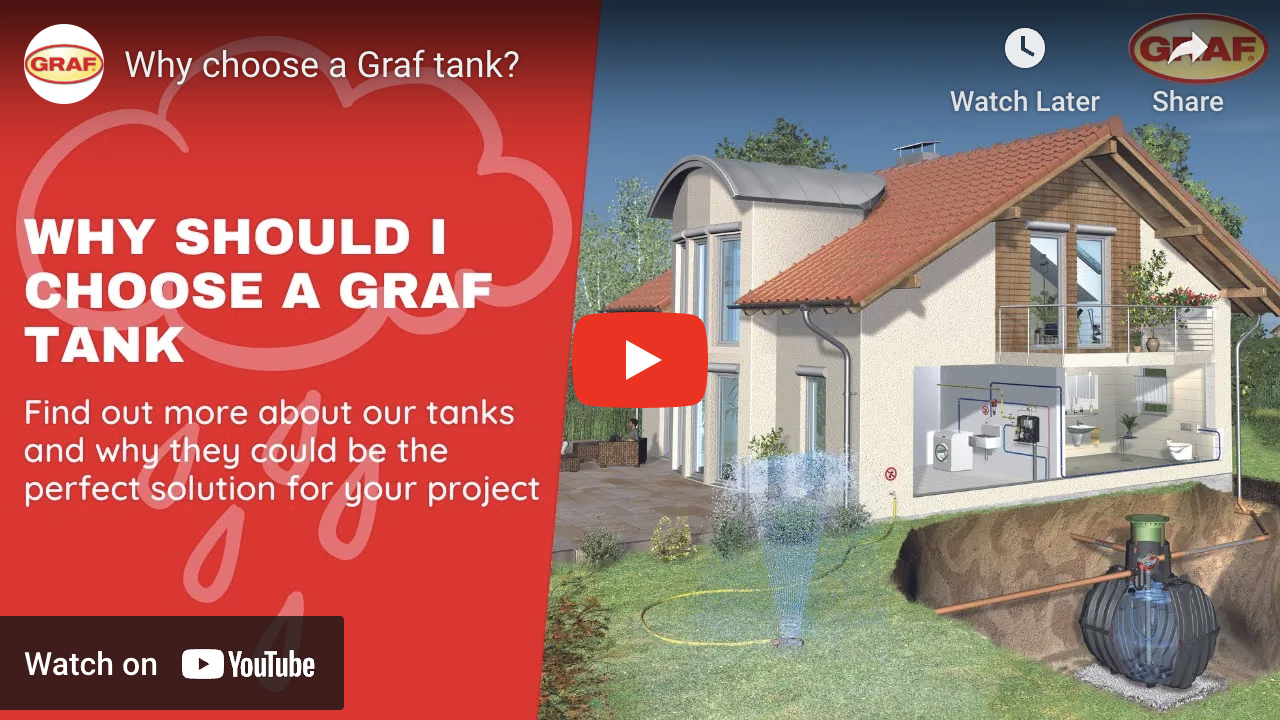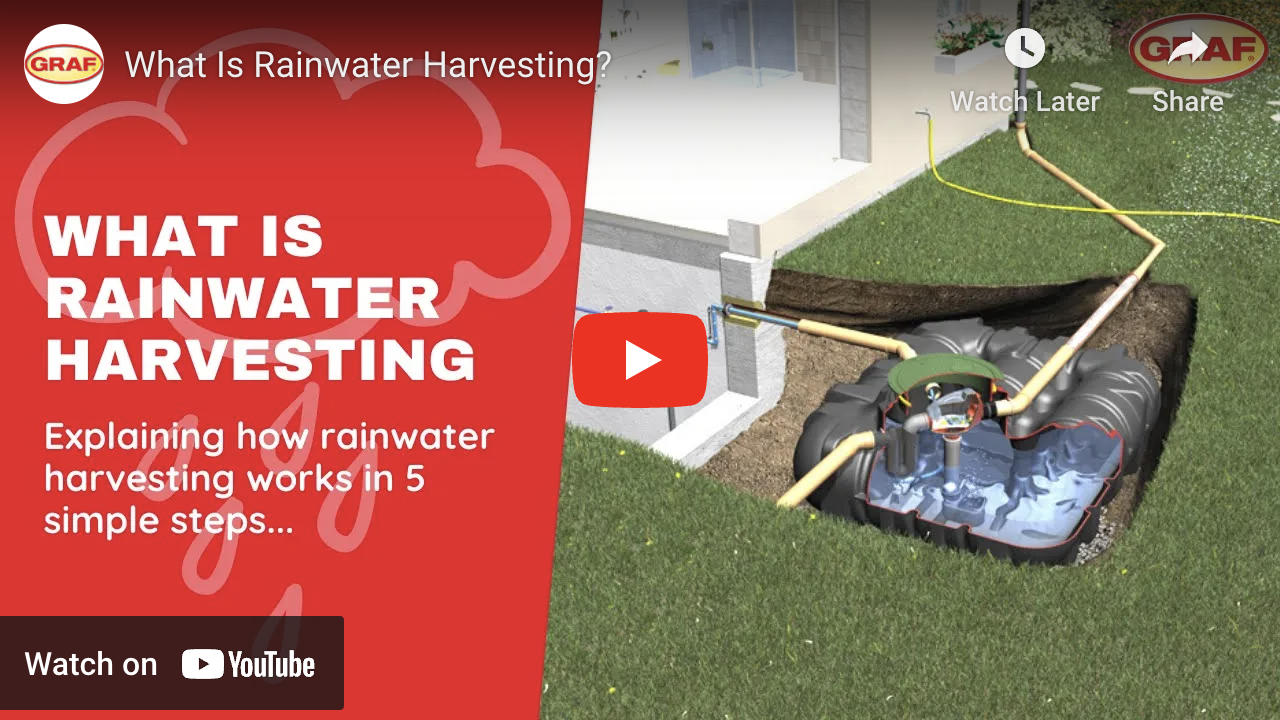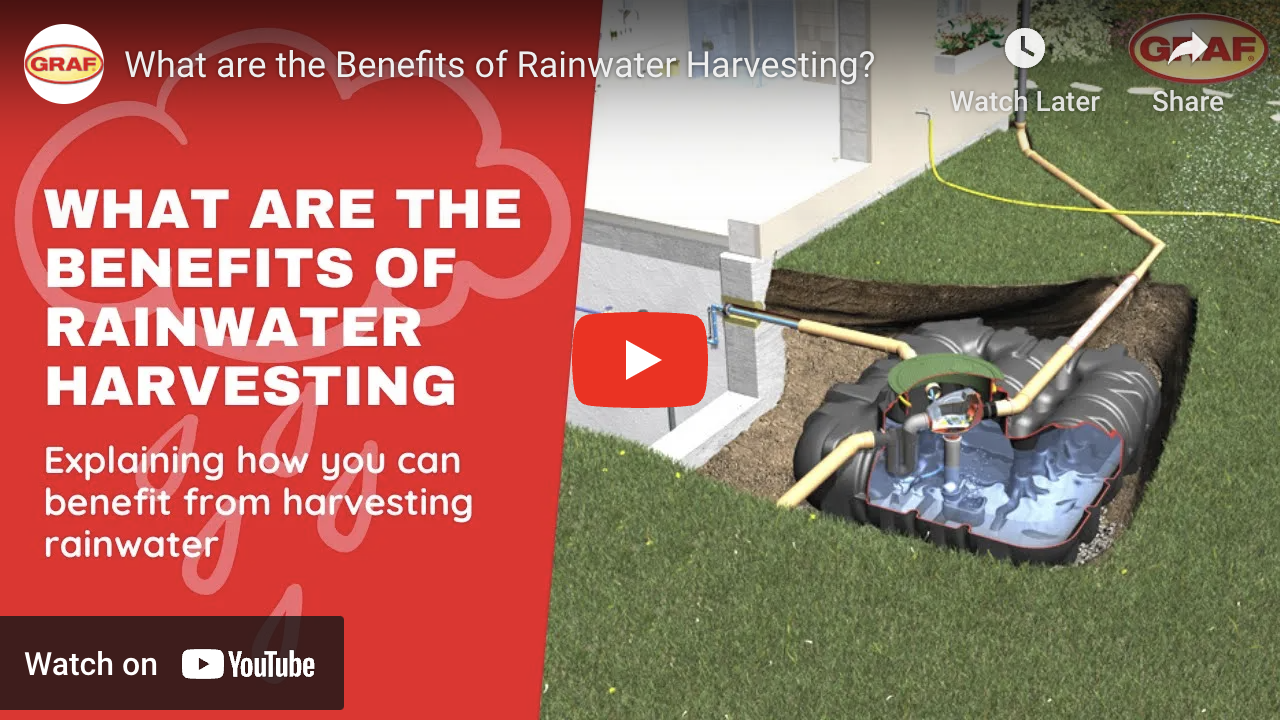Read time: 7 minutes
In an era where sustainable living practices are gaining momentum, rainwater harvesting has emerged as a vital solution for both environmental conservation and personal resource management. The concept of harnessing rainwater dates back centuries, but it has recently experienced a resurgence as individuals and communities seek eco-friendly alternatives to traditional water sources.
Rainwater harvesting offers an innovative and eco-conscious way to collect, store, and utilise rainwater for various purposes. From watering gardens to flushing toilets, this practice not only reduces our dependence on primary water supplies but also contributes to the conservation of this precious resource. Understanding how rainwater harvesting systems work is the first step towards implementing an efficient and sustainable water management strategy.
Components of a Rainwater Harvesting System
Before we dive into the intricate mechanics of rainwater harvesting, let’s familiarise ourselves with the essential components that make up these systems. Understanding these components is crucial to grasping how rainwater is collected, stored, and utilised efficiently.
1. Collection Surfaces: The journey of rainwater begins on collection surfaces, typically rooftops or other impermeable structures. These surfaces serve as the initial point of contact for raindrops. A larger collection surface area captures more rainwater
2. Gutters and Downpipes: Installed along the edges of collection surfaces, gutters are designed to channel rainwater as it runs off the roof. Downpipes guide the collected rainwater downward. Together, gutters and downpipes ensure a controlled flow of rainwater.
3. Filters: Filters play a critical role in rainwater harvesting systems. Strategically placing them in the system prevents debris, leaves, and other contaminants from entering the storage tanks.Filters ensure that the harvested rainwater remains clean and free from impurities.
4. Storage Tanks: Storage tanks are where the collected rainwater is stored until it’s needed for various purposes. These tanks come in different sizes and materials, including plastic, concrete, and metal. The choice of tank depends on the specific needs and available space.
5. Distribution Systems: Distribution systems, including pipes, pumps, and valves, transport the stored rainwater from the tanks to where it is needed. These systems are designed to ensure a reliable and controlled flow of water to irrigation systems, toilets, or other usage points.
6. Overflow Mechanism: Rainwater harvesting systems have overflow mechanisms to prevent flooding. These mechanisms direct excess rainwater away from the storage tanks and the surrounding area to avoid waterlogging.
Now that we have a clear understanding of the key components, let’s explore the step-by-step process of how rainwater harvesting systems work, from the moment raindrops touch the collection surface to the final usage of harvested rainwater.
The Rainwater Harvesting Process
Rainwater harvesting is a sustainable and environmentally friendly method for collecting and utilising rainwater for various non-potable purposes. The process includes several key stages to ensure efficient collection, filtration, treatment (if needed), storage, and distribution of rainwater for its intended uses. Let’s explore each stage in detail:
Collection Stage
In the collection stage, rainwater initially gathers from rooftops or other impermeable surfaces. This stage includes the following components:
- Collection Surfaces: Collect rainwater typically from rooftops, but you can also collect it from other surfaces like driveways, patios, or even specially designed catchment areas. Engineers design these surfaces to efficiently direct rainwater to gutters and downpipes.
- Gutters and Downpipes: Gutters and downpipes play a crucial role in guiding rainwater from the collection surfaces to the next stage of the system. They prevent runoff and ensure that the water flows smoothly.
Filtration and Treatment
Before rainwater enters storage tanks, it undergoes filtration and treatment to improve its quality and safety. This stage involves the following elements:
- First Flush Diverters: Some systems incorporate first flush diverters to redirect the initial flow of rainwater away from the storage tanks. This helps eliminate the first flush of water, which may contain debris and contaminants from the collection surfaces.
- Filtration: Employ filtration systems to remove leaves, twigs, sediment, and other debris from the rainwater. Filtration ensures that the harvested rainwater remains clean and suitable for various applications.
- Treatment (Optional): Depending on the intended use and water quality requirements, rainwater may undergo additional treatment. Common treatment methods include ultraviolet (UV) treatment, chlorination, or other disinfection processes to eliminate potential microorganisms and pathogens.
Storage and Distribution
After collecting, filtering, and, if necessary, treating the rainwater, the system stores it in underground tanks for future use and distributes it to various points of use. This stage includes the following components:
- Underground Storage Tanks: Specially designed underground tanks or cisterns store filtered and treated rainwater. Burying these tanks beneath the ground ensures that rainwater remains shielded from sunlight and temperature fluctuations. People prefer underground tanks because of their space-efficient design and aesthetic appeal, as they do not occupy surface space. They also provide natural insulation against temperature extremes, helping to maintain rainwater quality.
- Distribution Systems: Rainwater distribution systems vary in complexity depending on the specific application. They typically include pumps, control mechanisms, and piping networks that supply rainwater to its intended endpoints. These distribution systems ensure that you can readily access rainwater for various non-potable purposes, such as watering gardens, flushing toilets, washing cars, or outdoor tasks.
Uses of Harvested Rainwater
You can use harvested rainwater for various practical non-potable purposes. Utilising rainwater in these ways offers multiple benefits, including water conservation and cost savings. Here are some common uses of harvested rainwater:
- Garden Irrigation: Harvested rainwater is an excellent source for watering lawns, plants, and gardens. Its naturally mineral rich making it ideal for nurturing vegetation, and its availability can help maintain green spaces even during dry spells.
- Toilet Flushing: Flushing toilets with rainwater conserves freshwater resources and reduces water bills, as toilet flushing accounts for a significant portion of household water consumption.
- Laundry and Clothes Washing: Rainwater can be used for washing clothes. This not only saves drinking water but also contributes to detergent efficiency, as rainwater is naturally soft and devoid of minerals that can reduce soap effectiveness.
- Outdoor Cleaning: Rainwater can efficiently accomplish washing cars, cleaning driveways, and outdoor surfaces. Using rainwater for these tasks reduces the demand on mains water supplies.
- Lawn Sprinkler Systems: You can supply automated lawn sprinkler systems with rainwater to ensure consistent hydration for your garden or lawn. This approach is especially useful for maintaining lush greenery without relying on treated tap water.
- Pond or Pool Refilling: Properties with ponds or swimming pools can use harvested rainwater to maintain water levels.This practice can help conserve significant volumes of mains water over time.
- Construction Purposes: In construction projects, you can use rainwater for tasks such as mixing concrete or controlling dust on work sites. It’s a sustainable alternative that reduces the demand for potable water in construction.
- Fire Protection: Rainwater harvesting systems can be designed to provide water for fire protection, especially in remote areas with limited access to mains water sources
A Sustainable Solution
By incorporating harvested rainwater into these uses, individuals, businesses, and communities can significantly reduce their reliance on traditional water sources. This not only leads to lower water bills but also contributes to a more sustainable and environmentally responsible lifestyle.
Rainwater harvesting offers a sustainable solution for conserving water and reducing its environmental impact. By collecting, filtering, and storing rainwater, it provides a cost-effective alternative for non-potable uses, such as irrigation and flushing toilets. This practice not only lowers water bills but also lessens the strain on mains water supplies and reduces carbon emissions. Despite common myths, rainwater harvesting systems are versatile and adaptable, catering to various needs and preferences. At GRAF UK, our state-of-the-art recycling plant in Herbolzheim, Germany, plays a vital role in creating eco-friendly rainwater harvesting solutions, underscoring our commitment to a more sustainable future. Join us in embracing rainwater harvesting to make a meaningful contribution to water conservation and environmental well-being. Explore our products and connect with us on social media to stay informed and engaged in this important endeavour.

